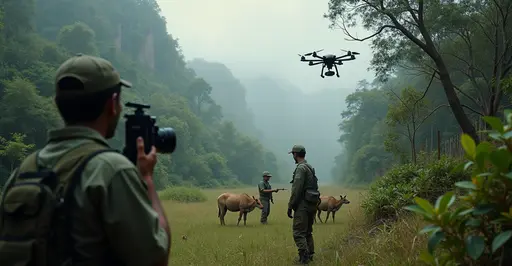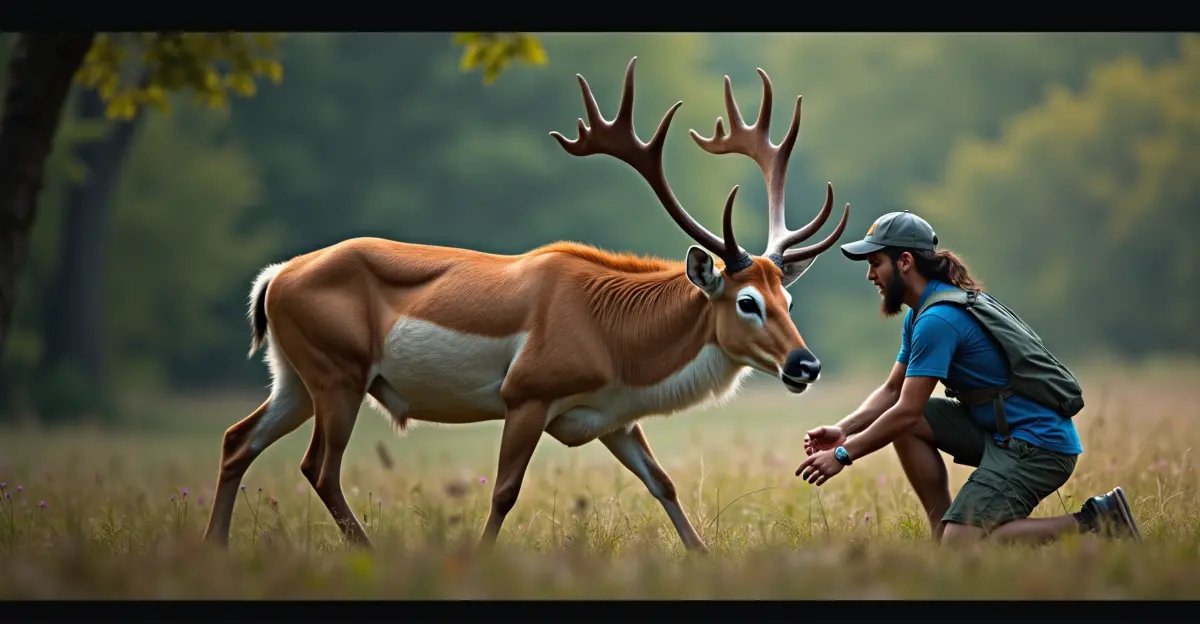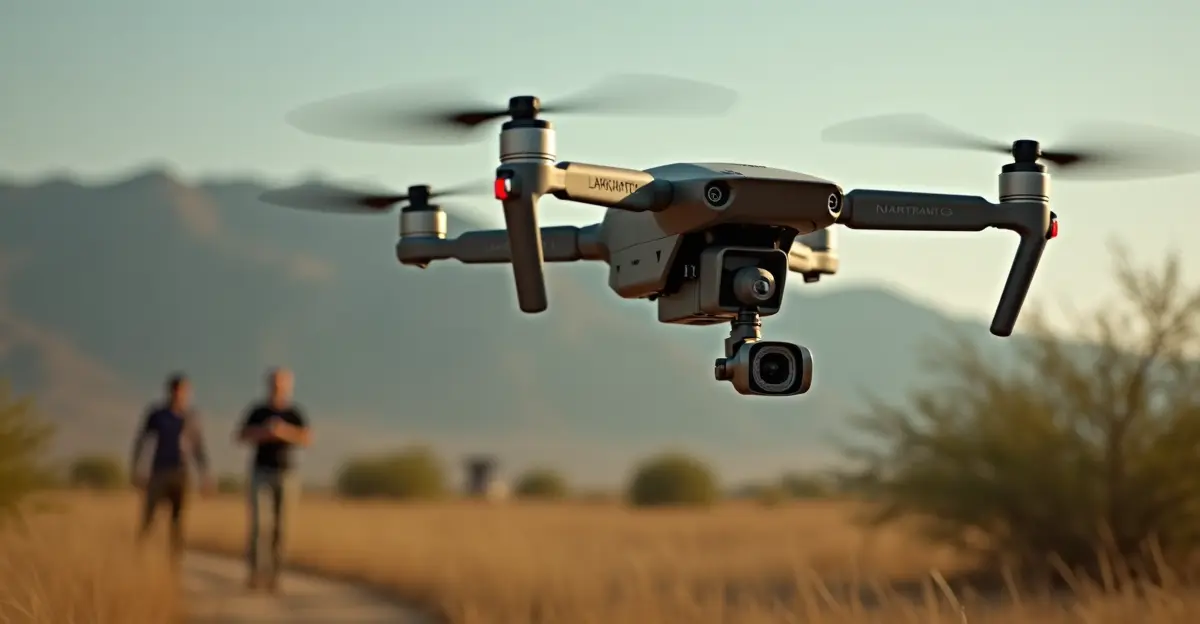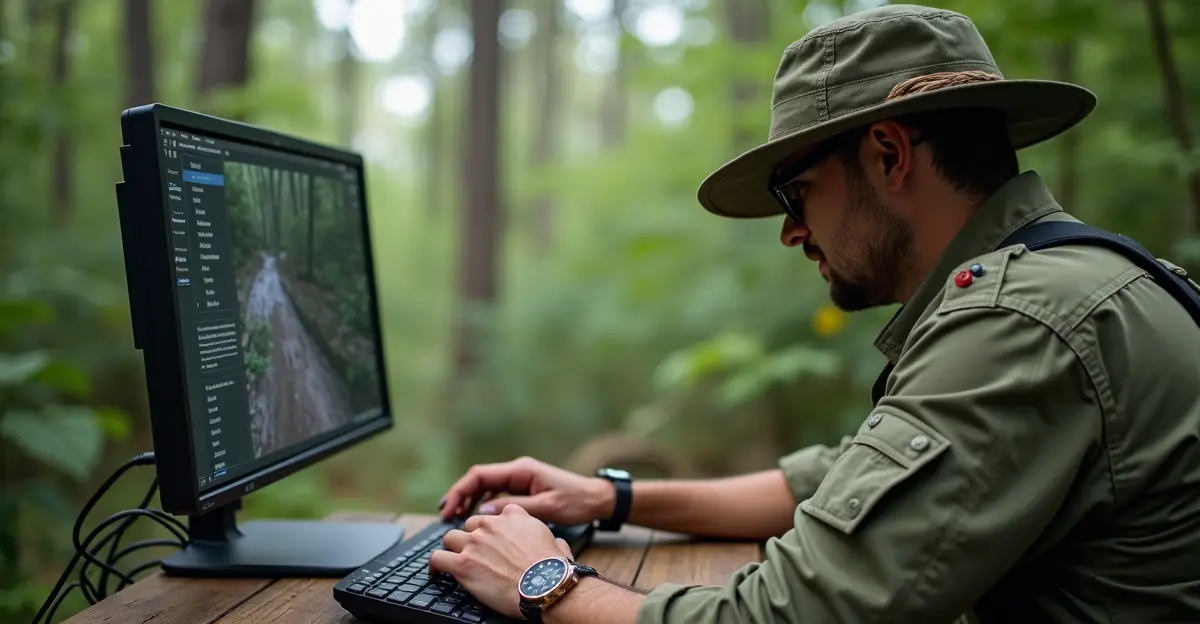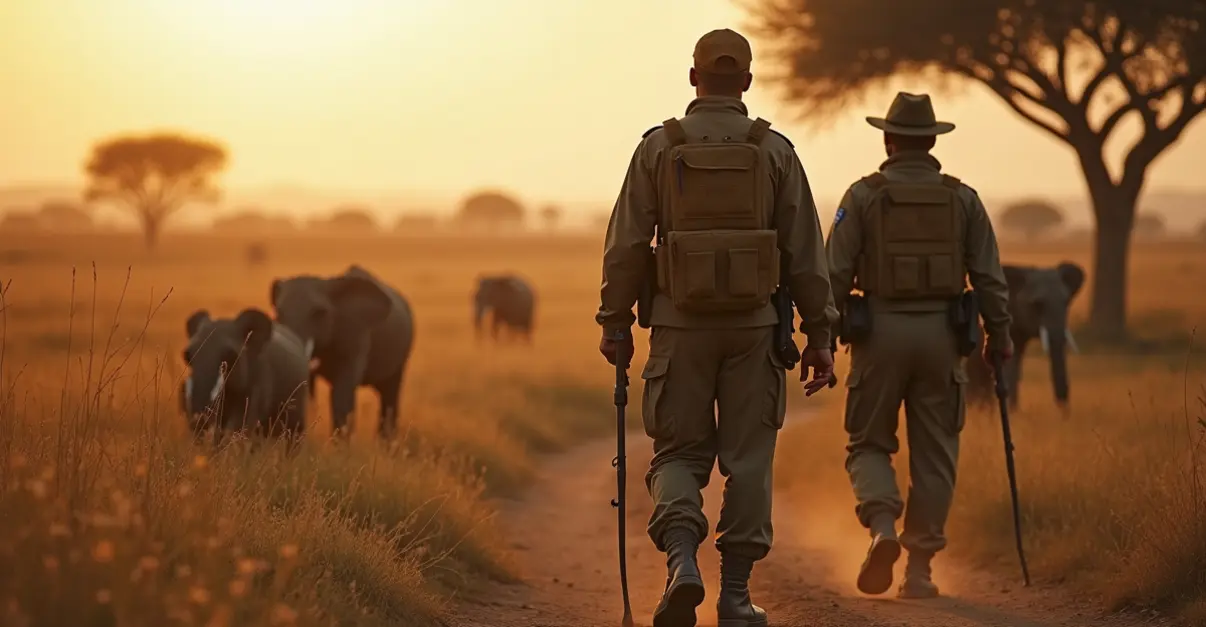AI-powered sensor networks and predictive analytics are revolutionizing wildlife conservation by detecting poaching threats in real-time and enabling rapid ranger responses, leading to significant reductions in illegal activities across protected areas worldwide.
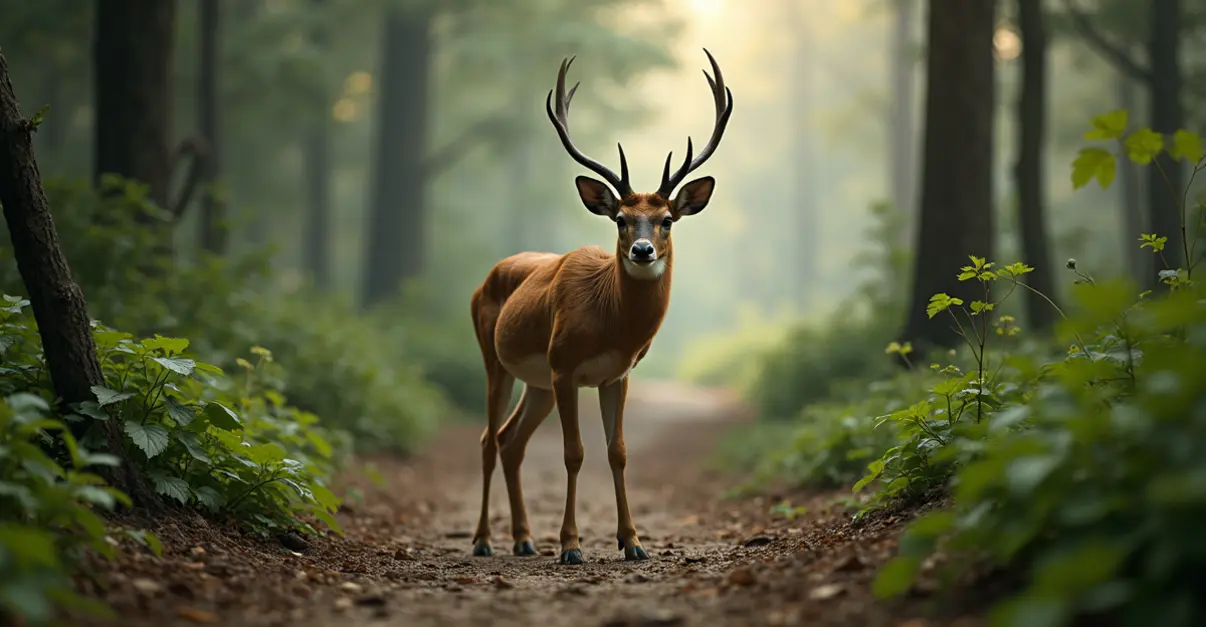
AI-Powered Conservation Technology Transforms Anti-Poaching Efforts
In a groundbreaking development for wildlife conservation, artificial intelligence tools are being deployed across protected areas worldwide to combat the persistent threat of poaching. These advanced systems combine sensor networks, predictive analytics, and enhanced ranger response capabilities to create a comprehensive defense against illegal wildlife activities.
Sensor Networks: The Eyes and Ears of Conservation
Modern conservation efforts are increasingly relying on sophisticated sensor networks that monitor wildlife habitats 24/7. Camera traps equipped with motion sensors and infrared technology have evolved from simple photographic devices to intelligent monitoring systems. 'The integration of AI with traditional camera traps has revolutionized how we monitor protected areas,' explains Dr. Sarah Chen, a conservation technology researcher at the University of Cambridge. 'We can now process thousands of images automatically, identifying both wildlife and potential threats in real-time.'
These networks extend beyond visual monitoring. Acoustic sensors are being deployed to detect specific animal calls or human activities, while thermal imaging systems can identify heat signatures of both animals and poachers during nighttime operations. The data collected from these diverse sensors creates a comprehensive picture of activity within protected areas.
Predictive Analytics: Anticipating Poaching Threats
Perhaps the most significant advancement comes from predictive analytics systems that use machine learning algorithms to forecast poaching activities before they occur. These systems analyze historical poaching data, environmental conditions, seasonal patterns, and even economic factors to identify high-risk areas and times.
'Our predictive models can now identify poaching hotspots with over 85% accuracy,' says Mark Johnson, lead developer of the PAWS (Protection Assistant for Wildlife Security) system. 'By analyzing patterns from years of data, we can predict where and when poachers are likely to strike, allowing rangers to be proactive rather than reactive.'
The technology works by processing multiple data streams simultaneously. Satellite imagery helps monitor landscape changes, while weather data and moon phases are factored in since poachers often operate under specific environmental conditions. Social media monitoring and economic indicators also contribute to the predictive models, creating a multi-layered threat assessment system.
Ranger Response Improvements: From Detection to Action
The effectiveness of detection systems depends heavily on rapid response capabilities. Modern conservation operations centers integrate all available data streams into unified command platforms like EarthRanger and SMART (Spatial Monitoring and Reporting Tool). These systems provide rangers with real-time information about potential threats and optimal response routes.
'The combination of AI detection and mobile technology has transformed our field operations,' notes James O'Connor, a conservation technology expert. 'Rangers now receive instant alerts on their mobile devices, complete with GPS coordinates and threat assessments. This has reduced response times from hours to minutes in many cases.'
Ranger safety has also improved significantly. Drones equipped with thermal cameras can scout areas before rangers enter, while body cameras and GPS tracking ensure team safety and accountability. The integration of these technologies has created a force multiplier effect, allowing smaller ranger teams to protect larger areas more effectively.
Real-World Success Stories
In Kenya's Tsavo National Park, the implementation of AI-powered detection systems has led to a 60% reduction in elephant poaching incidents over the past two years. Similar success stories are emerging from conservation areas across Africa and Asia, where technology is helping protect endangered species like rhinos, tigers, and pangolins.
The systems are also becoming more accessible to conservation organizations of all sizes. Open-source platforms like Wildlife.ai are developing affordable solutions that can be customized for local conditions, ensuring that even smaller conservation projects can benefit from advanced technology.
As these technologies continue to evolve, conservationists are optimistic about their potential to turn the tide against wildlife crime. With continued innovation and strategic implementation, AI-powered conservation tools represent one of the most promising developments in the fight to protect our planet's biodiversity.

 Nederlands
Nederlands
 English
English





